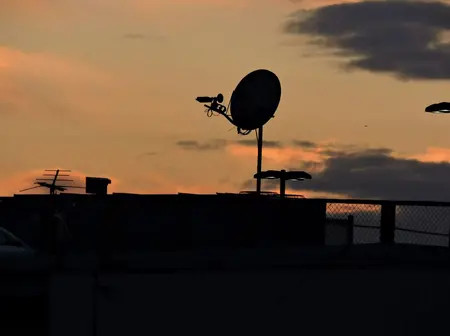East Africa is preparing to launch a shared satellite program, a step that could reduce dependence on foreign-owned systems and reshape the region’s digital future. The plan, endorsed by Kenya, Uganda, Tanzania, Rwanda, Burundi, and South Sudan, aims to establish a regional satellite communication network that keeps control closer to home.
For years, the region relied on renting capacity from Europe, the U.S., and China. It kept services running—weather tracking, communications, disaster monitoring—but came at a price. High leasing costs, limited access, and little say over terms left governments vulnerable. The new East African satellite initiative signals a different ambition: a regional orbital backbone designed and governed within the bloc.
The stakes are high. Rural connectivity gaps persist despite mobile broadband growth. A homegrown satellite system could bridge those divides, strengthen precision agriculture, improve cross-border digital trade, and secure emergency response systems. Just as important, it offers insurance against geopolitical disruptions that often ripple through foreign-controlled infrastructure.
Yet the backdrop is more complicated. Starlink, Elon Musk’s satellite internet constellation, has surged into Africa, offering affordable, high-speed service where local telecoms can’t reach. For consumers, it feels like a breakthrough. For policymakers, it raises harder questions: if a private U.S. company controls the backbone of rural internet, what happens to regulatory oversight, data governance, or digital sovereignty?
That tension—regional satellite networks vs. Starlink dominance—defines the moment. East African leaders aren’t rejecting foreign innovation outright; they’re signaling that the region needs a balance between global access and local control.
Challenges loom. Building satellites is expensive. Expertise in orbital engineering is limited, and collective projects in the EAC have often stumbled on politics before technology. Still, there are precedents. Kenya’s nanosatellite launch in 2018, South Africa’s longer space science tradition, and the African Union’s continental space strategy all hint that the region is not starting from zero.
Ultimately, this is about sovereignty. Starlink may show what’s possible from orbit, but the East African initiative underscores that lasting control over digital futures won’t come from subscriptions alone. It will come from ownership of the satellites that shape how nations connect, trade, and govern in the decades ahead.

Leave a Reply